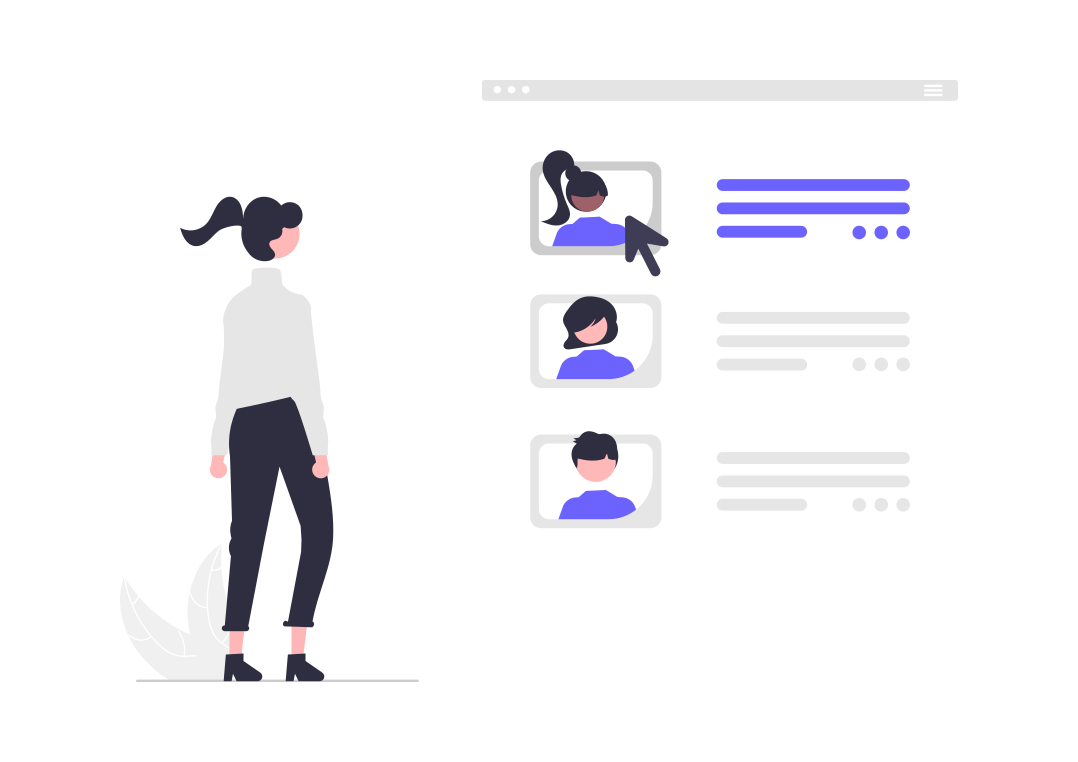In today’s competitive market, customer loyalty is more critical than ever. Businesses are continually seeking innovative ways to engage and retain their customers. One of the most effective strategies emerging in recent years is the integration of artificial intelligence (AI) into customer loyalty programs. By leveraging AI, companies can provide personalized experiences that significantly enhance customer satisfaction and loyalty.
The Power of AI in Personalization
AI-driven personalization uses data and machine learning algorithms to tailor interactions and offerings to individual customers. This technology can analyze vast amounts of data, including purchase history, browsing behavior, and engagement patterns, to create highly personalized experiences. Here's how AI can transform customer loyalty programs:
-
Tailored Recommendations: AI can analyze a customer's past purchases and browsing history to suggest products or services they are likely to be interested in. This level of personalization not only improves the customer experience but also increases the likelihood of repeat purchases.
-
Dynamic Rewards Systems: Traditional loyalty programs often use a one-size-fits-all approach. AI can create dynamic rewards systems that adjust based on a customer’s preferences and behavior. For example, if a customer frequently purchases a particular type of product, the loyalty program can offer them rewards related to that category, making the rewards more appealing and relevant.
-
Predictive Analytics for Proactive Engagement: AI can predict when a customer is likely to churn based on their engagement patterns. This allows businesses to proactively engage these customers with targeted offers or incentives to retain them. By addressing potential issues before they lead to churn, companies can maintain a higher level of customer loyalty.
-
Personalized Communication: AI-powered tools can customize communication with customers. Whether it's through email, social media, or mobile apps, personalized messages can significantly enhance engagement. For instance, sending birthday wishes with a special discount can make customers feel valued and increase their loyalty to the brand.
-
Enhanced Customer Insights: AI can provide deep insights into customer behavior and preferences. By understanding what drives customer satisfaction and loyalty, businesses can continually refine their loyalty programs to better meet customer needs.
Implementing AI in Loyalty Programs
To successfully integrate AI into customer loyalty programs, businesses should follow these steps:
-
Data Collection and Management: Gather and organize data from various sources such as purchase history, social media interactions, and website behavior. Ensure that the data is clean and structured to facilitate effective analysis by AI algorithms.
-
Choosing the Right AI Tools: Select AI tools that align with your business goals. There are numerous AI solutions available, ranging from recommendation engines to predictive analytics platforms. Choose tools that are scalable and can be integrated seamlessly into your existing systems.
-
Continuous Learning and Adaptation: AI systems thrive on data. Continuously feed them with new data and refine the algorithms to improve accuracy and relevance. Regularly review and update the personalization strategies based on the insights gained from AI analyses.
-
Customer-Centric Approach: Always keep the customer experience at the forefront. Use AI to enhance, not replace, human interactions. Personalization should make customers feel valued and understood, not manipulated.
-
Privacy and Ethical Considerations: Ensure that your use of AI complies with privacy laws and ethical standards. Be transparent with customers about how their data is being used and give them control over their personal information.
Future Trends in AI and Customer Loyalty
The future of AI in customer loyalty programs looks promising, with several trends on the horizon:
-
Hyper-Personalization: AI will enable even more granular personalization, taking into account real-time data and contextual information. This will allow businesses to create experiences that are not only personalized but also contextually relevant.
-
AI-Powered Loyalty Bots: Chatbots and virtual assistants powered by AI will become more sophisticated, providing personalized assistance and rewards to customers 24/7. These bots can handle routine inquiries, offer personalized recommendations, and even surprise customers with unexpected rewards.
-
Integration with IoT Devices: The Internet of Things (IoT) will provide additional data points that AI can use to enhance personalization. For example, smart home devices can provide insights into a customer’s lifestyle, allowing for even more tailored loyalty offerings.
-
Emotional AI: Future AI systems will be able to understand and respond to customer emotions. By analyzing voice, text, and facial expressions, AI can gauge customer satisfaction and adjust interactions to enhance their experience.
-
Blockchain for Transparency: Blockchain technology can be used alongside AI to ensure transparency and security in loyalty programs. Customers can have greater trust in the fairness and integrity of the loyalty rewards they earn.


